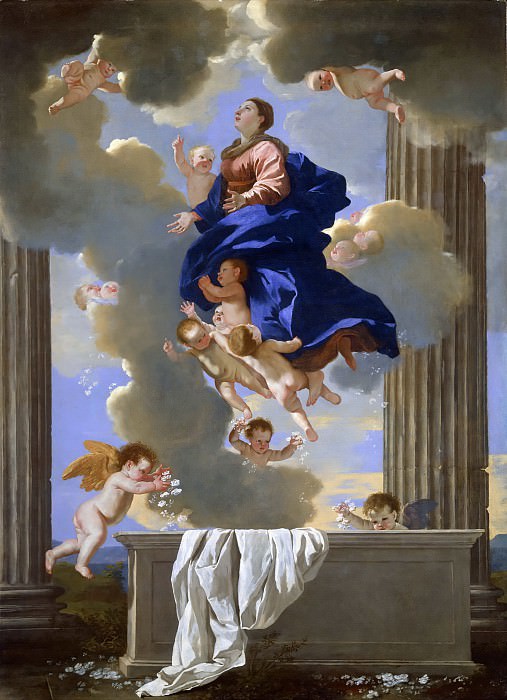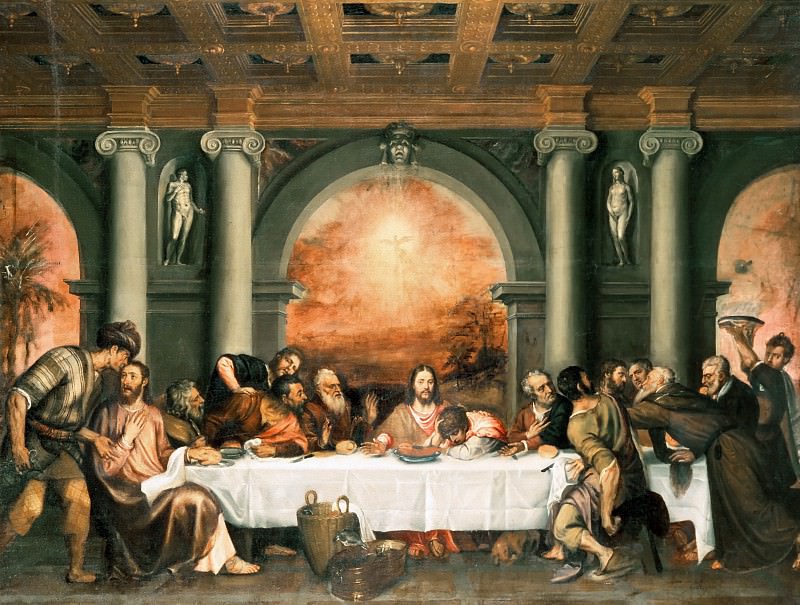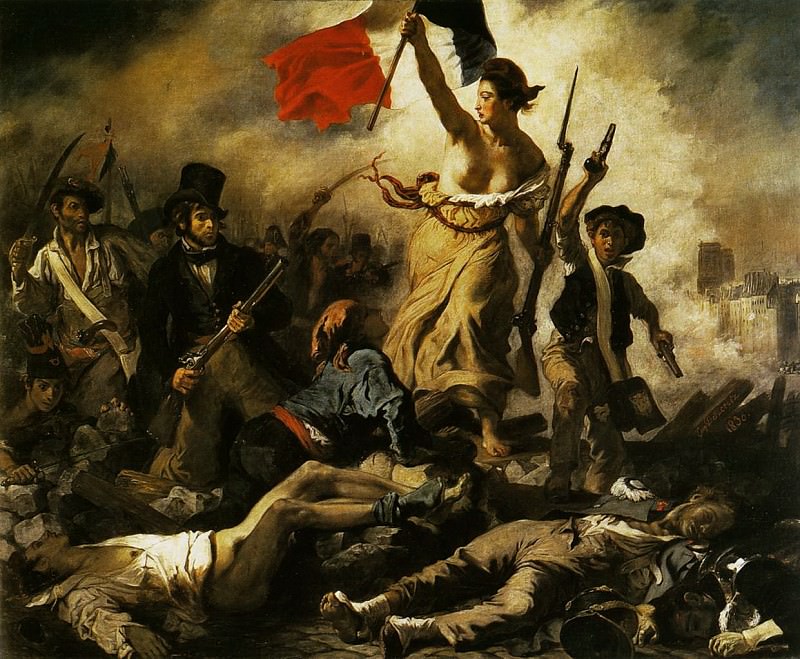Emil Nolde: A Visionary Artist
Emil Nolde, born Hans Emil Hansen on August 7, 1867, in the village of Nolde, Germany, stands as one of the most prominent figures in German Expressionism. Nolde's work is characterized by its bold colors, emotional intensity, and a distinct style that captures the essence of the human spirit and nature. His journey as an artist was marked by a unique blend of personal experience, cultural influences, and an unyielding commitment to his craft, making his contribution to modern art both significant and enduring.
Early Life and Education
Emil Nolde's early life was deeply rooted in the rural landscape of northern Germany. Raised in a farming community, Nolde developed a profound connection to nature, which would later become a central theme in his artwork. Despite his early interest in drawing and painting, Nolde initially pursued a career in woodcarving and furniture design. His artistic journey began in earnest when he enrolled at the School of Applied Arts in Karlsruhe in 1889, followed by further studies in Munich and Copenhagen.
The Birth of Expressionism
Nolde's transition from craftsman to artist was marked by a growing fascination with the power of color and its ability to convey emotion. This fascination led him to explore new artistic styles and techniques, eventually aligning himself with the Expressionist movement. Nolde's association with the Brücke group, founded in Dresden in 1905, was a pivotal moment in his career. The group's members, including Ernst Ludwig Kirchner and Erich Heckel, shared a common goal of breaking away from traditional artistic conventions and embracing a more spontaneous, emotive form of expression.
Mastery of Color
One of the defining characteristics of Nolde's work is his mastery of color. His use of vibrant, often contrasting hues, creates a sense of dynamism and intensity that draws viewers into his compositions. Nolde believed that color had the power to convey emotions more effectively than form, and this belief is evident in his landscapes, portraits, and religious scenes. His paintings often feature a vivid palette, with bold reds, blues, and yellows that evoke a visceral response from the viewer.
Religious and Mythological Themes
Nolde's work is deeply influenced by his personal beliefs and experiences. His religious upbringing and fascination with mythology are recurring themes in his art. Paintings such as The Last Supper and The Prophet reflect his interest in biblical subjects, rendered in a style that combines reverence with a raw, almost primitive energy. Nolde's religious works are characterized by their emotional intensity and a sense of spiritual searching, which set them apart from more traditional religious art.
Landscapes and Nature
In addition to his religious and mythological works, Nolde is renowned for his landscapes. His depictions of the North Sea coast, the marshlands of northern Germany, and the lush gardens of his home in Seebüll are celebrated for their atmospheric quality and emotive power. Nolde's landscapes are not mere representations of nature; they are expressions of his deep connection to the natural world. His ability to capture the essence of a place, its light, and its mood, makes his landscapes some of the most evocative in modern art.
The Influence of Primitive Art
Nolde's fascination with primitive art and cultures is another important aspect of his work. His travels to the South Pacific, as part of the German New Guinea expedition in 1913-1914, exposed him to the art and traditions of indigenous cultures, which had a profound impact on his style. The simplified forms, bold colors, and symbolic content of primitive art resonated with Nolde, and these elements became integral to his own artistic vocabulary. This influence is particularly evident in his woodcuts and prints, where the raw, expressive quality of primitive art is most pronounced.
The Nazi Era and Artistic Censorship
The rise of the Nazi regime in Germany had a significant impact on Nolde's career. Despite being a member of the Nazi Party, Nolde's work was labeled as degenerate by the regime, leading to the confiscation of over a thousand of his works from German museums and a ban on his painting. This period of artistic censorship was a dark chapter in Nolde's life, but it did not extinguish his creative spirit. He continued to paint in secret, producing a series of watercolors known as the Unpainted Pictures, which stand as a testament to his resilience and commitment to his art.
Late Career and Legacy
Following the end of World War II, Nolde's reputation as an artist was rehabilitated, and he enjoyed renewed recognition and success. His later works continued to explore the themes and styles that had defined his career, with a particular focus on vibrant color and expressive form. Nolde's contribution to modern art is now widely acknowledged, and his works are held in major collections around the world, including the Nolde Stiftung Seebüll, which preserves his legacy and promotes the study of his art.
Conclusion
Emil Nolde's art is a celebration of color, emotion, and the human spirit. His ability to convey profound emotions through bold, expressive brushstrokes and vivid colors sets his work apart as a unique and enduring contribution to modern art. Nolde's journey as an artist was marked by personal and political challenges, but his unwavering commitment to his vision ensured that his work would leave a lasting impact. Today, Emil Nolde is remembered not only as a master of color and expression but as a visionary artist who captured the essence of the world around him with unparalleled intensity and passion.















